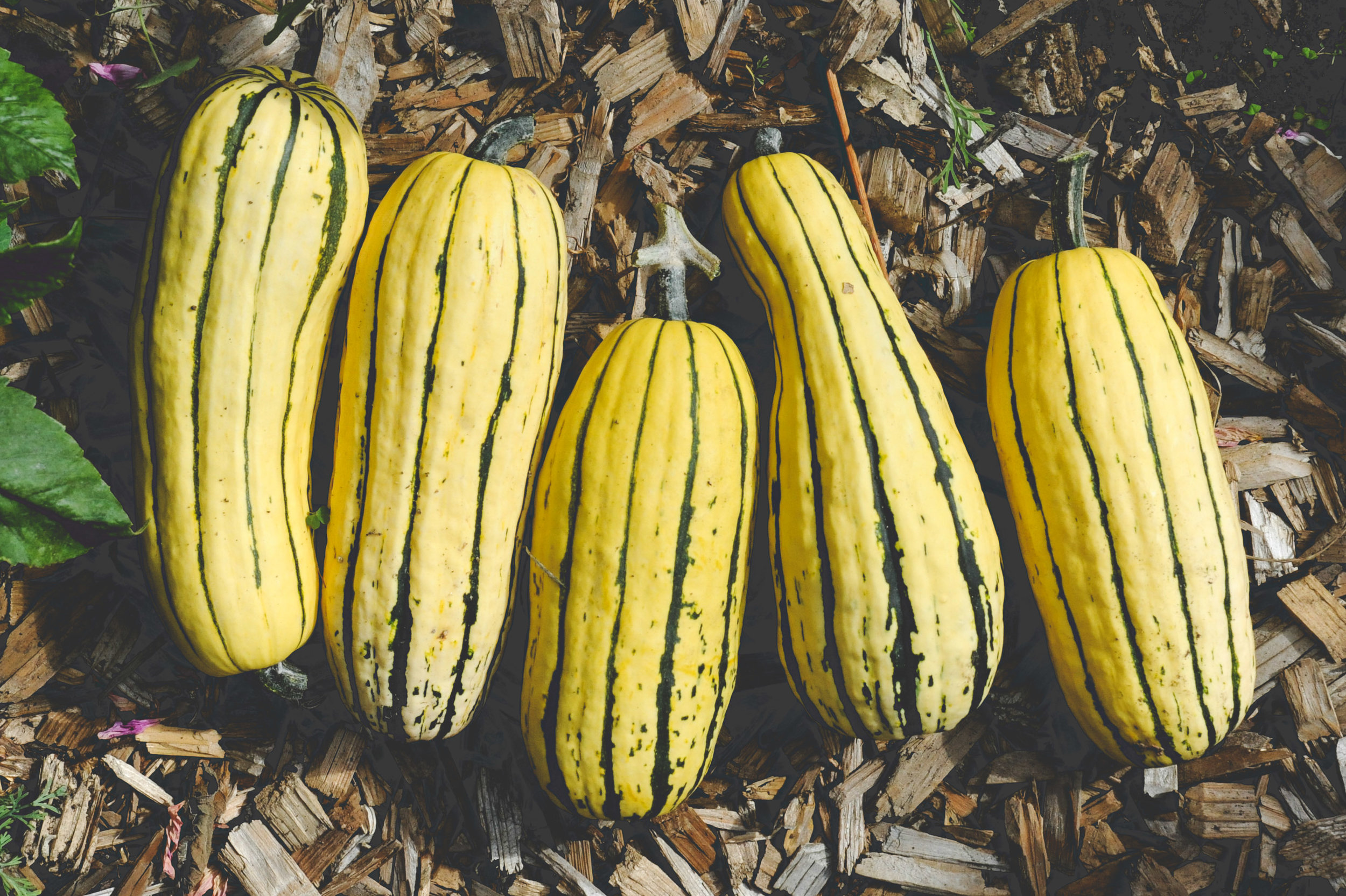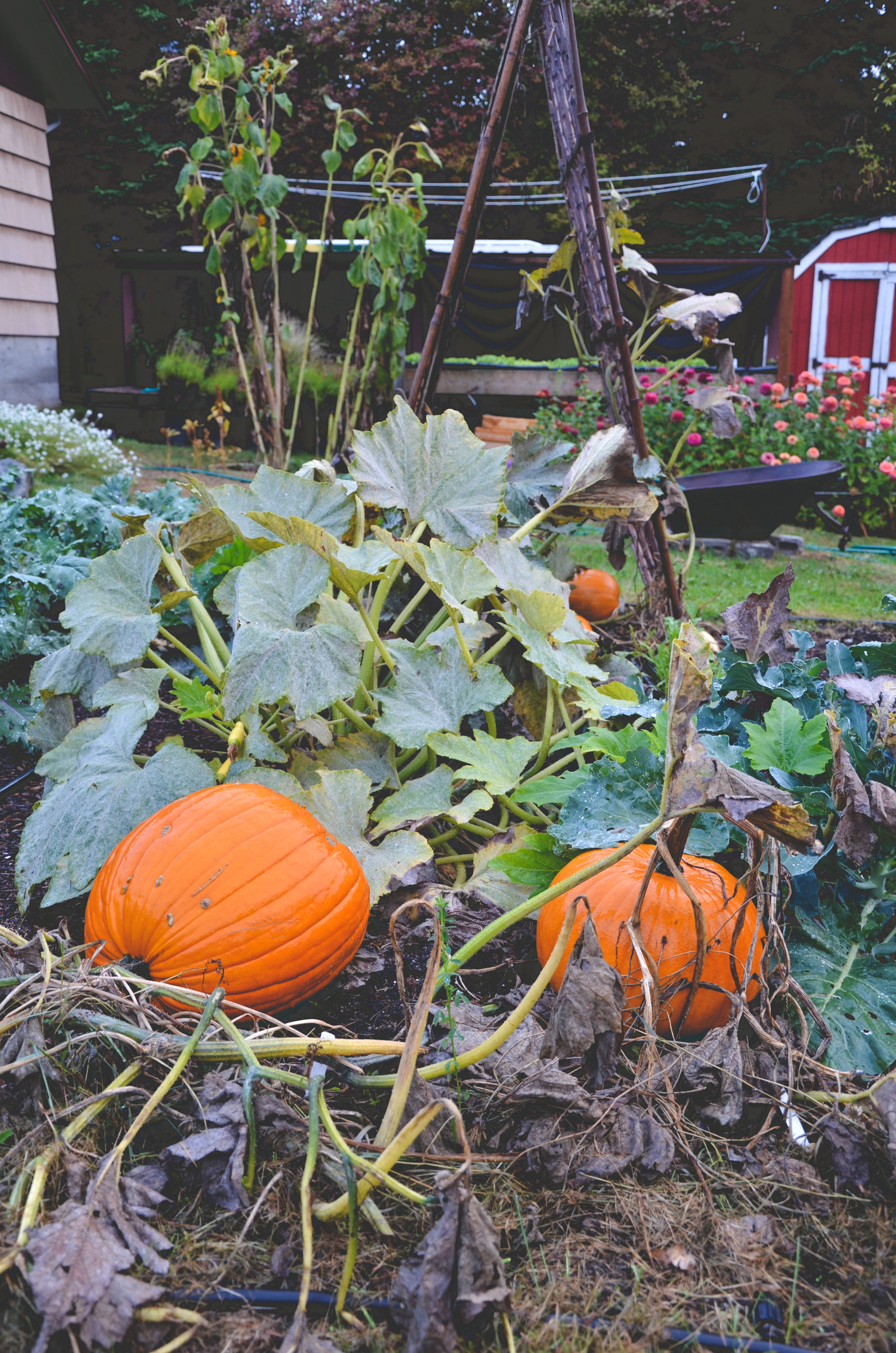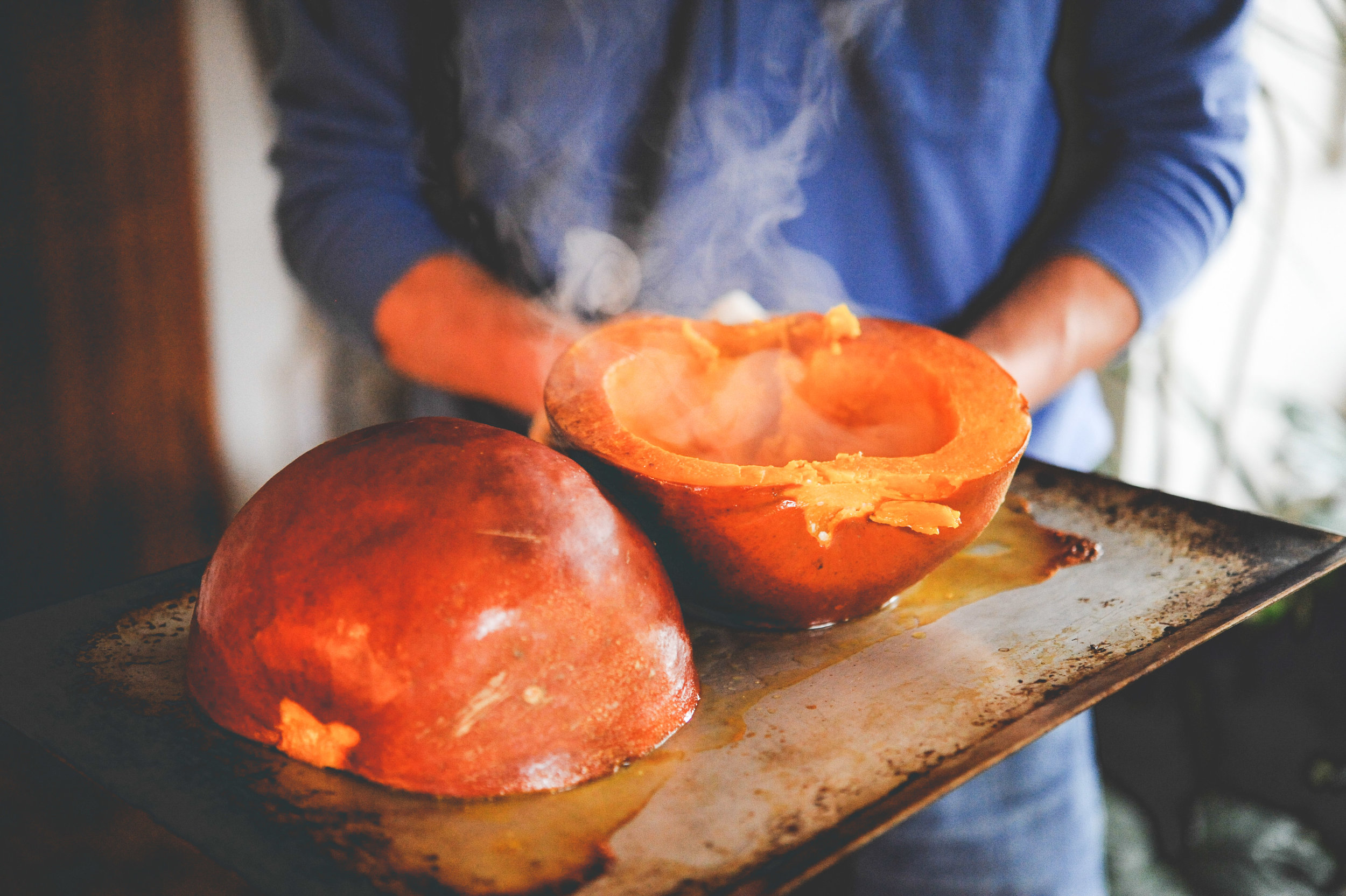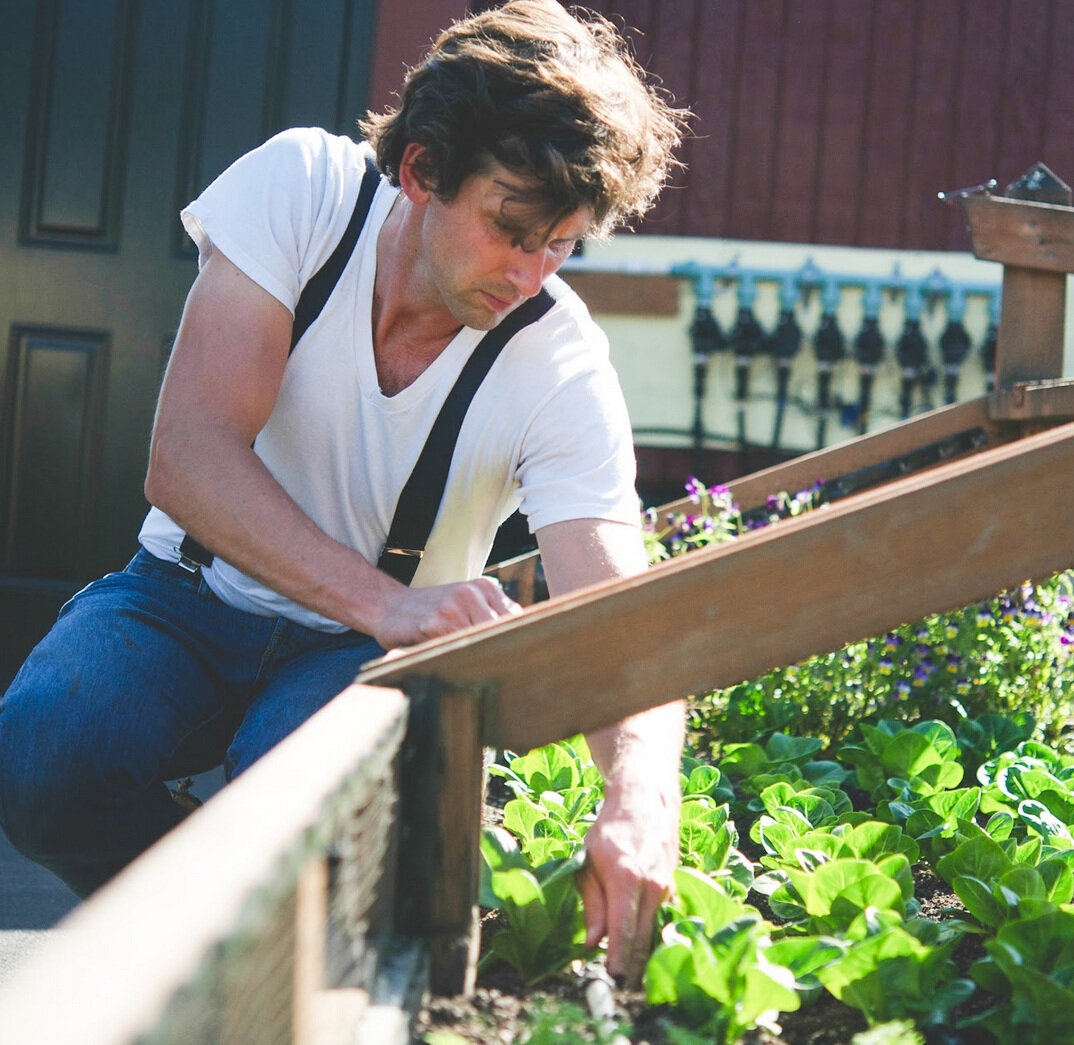Fall weather means one thing… cozying up with a good book and a cup of squash soup. It’s too late to plant winter squash this season, but it’s never too late to learn all about this awesome storage crop.
The ‘winter’ in winter squash refers to the time of year the crop is eaten, rather than planted. The winter squash category includes to storage squashes (butternut, spaghetti, and acorn), as well as pumpkins. In today’s episode, we cover everything you need to grow perfect winter squashes, including the lifecycle of the plant, when to harvest, and how the fruits should be cured for storage.
HOW TO LISTEN:
Listen right now in your browser by clicking above.
Or subscribe in iTunes (or your favorite podcast player) to have our podcasts sent directly to your device.
SHOW NOTES:
In this episode, we discuss:
How and when to plant these ‘long-season’ crops, which take around 100 days to mature.
What to look for to determine when your squash is mature and ready for harvest.
Everything you need to know about storage - from wiping the fruits to checking them weekly to the storage potential of different varieties.
Our favorite winter squashes to grow at home!
Important Take-aways:
To determine when to plant your winter squash, figure out the average last frost date in your area and work backwards from there, considering the days to maturity of the variety you’re planting. You’ll want your fruit to be mature 2-3 weeks before a frost, so in most temperate climates, this means planting sometime between mid-May and mid-June.
Winter squash can be direct seeded or transplanted, and your mature plants should be spaced at least 3 feet apart.
Winter squash is susceptible to powdery mildew.
The fruit is mature when it is full-size, properly colored, has a tough skin, and the stem looks dry. Harvest by using sharp pruners or a knife to cut the stem, leaving about 5-6 inches.
For storage, wipe the fruits with a mild bleach solution to prevent rot, then store dried fruits in a dry, dark location. Check your storage squashes about once a week to look for signs of decay, and, if needed, use those fruits first.
Different winter squash varieties have different storage potentials. Softer-skinned varieties like delicata and acorn will generally last a month or two, while tougher-skinned varieties like butternut can store for 3-4 months.
Resources:
These are some of the favorite winter squash varieties we discussed:
Heard on the Episode:
“Even if your squash already appears mature and takes on the color and size you expect, I highly recommend leaving the fruit on the vine while the plant dies back. The warm temperatures of late summer and early autumn will help cure the fruit and increase the storage life. You can pretty much wait until your plant is entirely dead before removing your winter squash fruit.” - Hilary Dahl
“One of my all-time favorite winter squashes is called Small Wonder. It's a single-serving sized spaghetti squash. It's easy to grow, and then you can roast a couple up for dinner and use them just like you would use pasta.” - Kellie Phelan
Like what you hear? Please share our podcast with a friend.Subscribe on iTunes or your favorite podcast player so you never miss a beat. And we'd really appreciate you showing us some love by leaving a rating and review on iTunes.
Have a topic you'd like see us dig in to? Leave us a note in the comment section below or #EBpodcast on Instagram!







